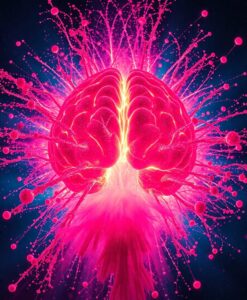Understanding how microglia flip into different states changes where we look for interventions. Instead of targeting whole-cell populations or broad immune responses, researchers can explore precise molecular levers that stabilize protective behavior. That focus might open paths to therapies that preserve thinking and memory while respecting the brain’s delicate balance.

If this pathway helps explain why certain people resist Alzheimer’s despite risk factors, the implications touch prevention, diagnosis, and equity in care. Follow the link to see how researchers traced the switch and what it could mean for future strategies aimed at amplifying the brain’s own resilience and inclusive access to those benefits.
Scientists discovered that lowering a specific molecule helps microglia switch into a protective state that quiets brain inflammation in Alzheimer’s. A small group of these cells seems to have an outsized ability to keep the brain healthier. When a key signal is removed from them, Alzheimer’s symptoms worsen. This pathway may help explain why some people naturally have reduced Alzheimer’s risk.




